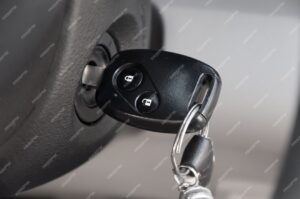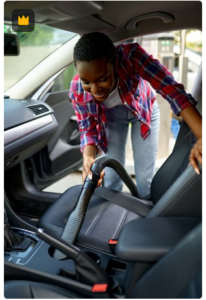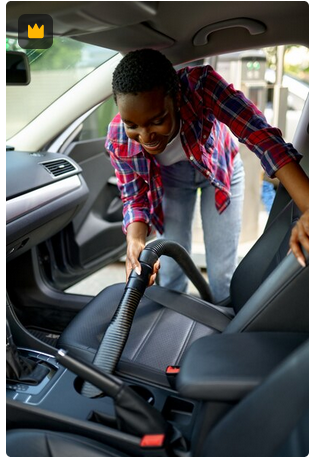If you’re in the market for a new car, you may be wondering if flood damage is a good thing for your vehicle. The short answer is that it depends on the severity of the flood damage and the make and model of your car.
Flooding can cause your car to lose its warranty, and it can also damage the car’s engine, transmission, and other components. If your car is severely flooded, it may not be safe to drive.
If you’re in doubt about the severity of your car’s flood damage, you should contact a car insurance company. They will be able to tell you if your car is worth repairing or if you should buy a new car.
The tropical climate of Africa frequently experiences severe rainstorms that are localized. As a result, our roadways might occasionally flood, especially towards the end of the year when annual rainfall arrives.
Keep your composure if you come across a flooded road while traveling, and use these advice to assist folks get out of a sticky situation.
Don’t hurry
Although stopping and taking a better understanding of the situation ahead is the greatest course of action, going against this urge may be the most African of all. Avoid sounding the horn or putting pressure on or around the cars in front of you to move if there is flooding up ahead while in a line.
Keep the situation moving by safely stopping beside the road to offer aid or try to determine what is going to happen next if you do want to keep things moving. Though this may change if the environment gets more intense due to global warming, truly impassable floods are largely uncommon in Africa.
Check the flood’s depth.
The type of vehicle you are driving has a significant impact on how safe it is to drive on a flooded road. In comparison to, say, a supercar, a complete sports utility vehicle like a Range Rover sport will have far better clearance.
Ground clearance for a common family automobile is from 100 to 140 mm, which is not very high. In most cases, it is best to avoid driving through a flood. But if necessary, check the road barriers to determine how deep the water is. It should be reasonably safe to proceed if the barriers are still visible or are barely below the water line.
Increase the speed.
As you reach the water while driving on a flooded road, keep the engine running. In other words, maintain a gradual motion. Put your foot down all the way before applying the brakes.
This is done in an effort to reduce instability and washout, which might allow water to enter via the intake manifold and seriously harm your engine. In most cases, especially when the engine is operating, water cannot enter the engine through the exhaust. There is a minor reduction in risk because most automakers have tested Electric battery packs and motors for a certain level of waterproofing.
Don’t hurry
Avoid traveling too quickly through the flood. Without going too quickly, you should travel steadily through the water. If you drive too quickly, the water may crest the hood, enter the engine compartment, and finally destroy the engine.
Hydroplaning, which happens when a spray of water accumulates between your vehicle and the road and causes you to skid and lose control of your vehicle, is another effect of driving too fast.
What should one do after escaping the flood?
Having safely navigated through the flood, check your automobile for any dings or cracks. Owners should change the bulbs if there is any water damage because indicators and lights are frequently vulnerable to corrosion and water damage.
It’s time to inspect the interior if everything appears to be in order. Watch careful for any wet areas on the body panels and seats. Drying off any damp areas should be done right away. Procrastination would simply leave your automobile with a musty, wet scent. You may always send your car to a professional to get it fixed for you if you don’t have the skills to clean it up yourself.
Furthermore, examine the state of your engine oil and gearbox fluid. There is water in the gear box if it seems diluted, brownish, or yellowish. We advise having your automobile towed so that repairs can be made rather than driving it. If the air filters are moist, check them and replace them.
Keep in mind to also examine your car’s underneath for any mud, dirt, grass, or other debris that could harm the rear bumper and need to be removed. Apply repeated braking to your brakes while they are still damp from the water-logged area to dry them out and get rid of any moisture that can impair their function.
We advise keeping a close eye on your car for any strange noises or sounds, and if possible, getting it checked out by a professional.
Conclusion
When driving on a flooded road, be very careful. The water is deep and can be very treacherous. The edges of the road can be very steep and unstable, and the water can be very cold and dangerous. If you find yourself in a car that has sunk into the water, do not try to get out. Instead, stay calm and wait for help to arrive.











+ There are no comments
Add yours